A bridge deal is a team’s way of saying to a young player: “So you had some success on your rookie contract. We’ll give you a short contract to see if you can sustain it.” It’s a gamble for the team. If the player maintains or elevates his performance on the bridge deal, he has leverage for the next round of negotiations. But if he doesn’t live up to the potential, the team has the leverage.
A bridge deal is a way for the team to show that they believe in the player enough to give him a multi-year contract but not enough to go long-term. Traditionally, it was the contract between a player’s Entry Level Contract (ELC) and a long-term deal, figuratively “bridging” the gap between the two.
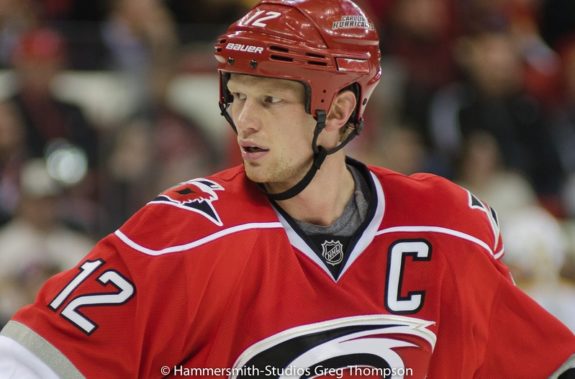
Recently, bridge deals have become a dying breed as teams lock up their young talent as soon as they can because players are able to produce in the NHL earlier than ever. This allows teams to be certain of and confident in the talent they have and are ready to commit long-term to them at a young age. Doing so can benefit the team because it means paying a lower Average Annual Value (AAV) than they would a few years later. But more often than not, the deals are a loss for the team.
The Problem with Bridge Deals
The goal of a bridge deal is to pay a young player freshly out of his ELC a modest amount of money with the goal of getting a clearer picture of who that player is. It’s essentially a test drive for the team to see if they like what they have before they invest a substantial amount of money in him. And that’s all well and good until that bridge deal expires and the team is left having to pay a higher AAV.
What happens is that, when a player’s bridge deal or deals have expired, the player is near the middle of his prime. That means he likely has years of production to his name, has probably been underpaid for the majority of those years, and wants to cash-in on what could be the only chance at a long-term contract he’ll have in his career.
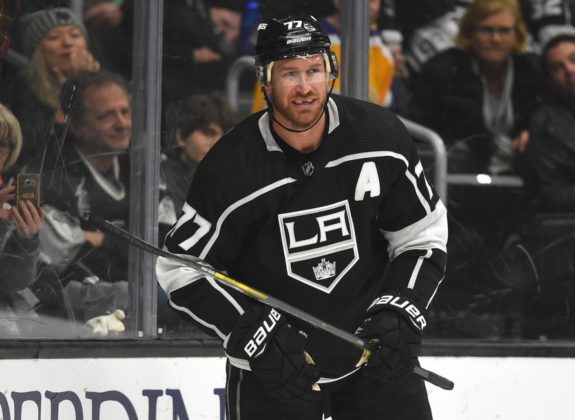
This leaves the team with only two options: either let the player depart via free agency and attempt to replace his production or bite the bullet and overpay when the player is nearing the end of his career. So, what are the alternatives?
Long-Term Contract Early On
Rather than signing a player to a bridge deal, a different approach is to sign the player to a six or seven-year deal before his ELC expires. Of course, this plan doesn’t work for all players but rather those who have shown the ability to produce at a high level and figure to be a part of the team’s future. Doing so ensures cost control over the player until he is in his mid to late 20s when he is most productive.
Connor McDavid is a good example. The Edmonton Oilers signed him to an eight-year, $100 million contract that starts in 2018-19 and he will be 29 when it expires. For an elite player like McDavid, his $12.5 million cap hit is worth it and he’ll still be worth the cap hit when the deal expires and he’ll be young enough to sign another long-term deal.

I want to look at some examples of players who had different experiences following their ELCs. A couple who signed long-term deals at a young age, two who signed bridge deals before a long-term deal, and two currently on bridge deals and what may occur after. Finally, I will mention a player with an ELC in 2017-18 and could either sign a bridge deal or receive a long-term contract.
Committed to From a Young Age
League’s Most Team-Friendly Contract
This offseason’s top free agent target, John Tavares, is coming off a six-year deal with a $5.5 million cap hit. He signed that deal in Sept. 2011 during the final year of his ELC following a 29-goal, 67-point sophomore season. During this contract, he was a point-per-game player in three of the six seasons and had two more seasons at or above .90 points-per-game played (P/GP).
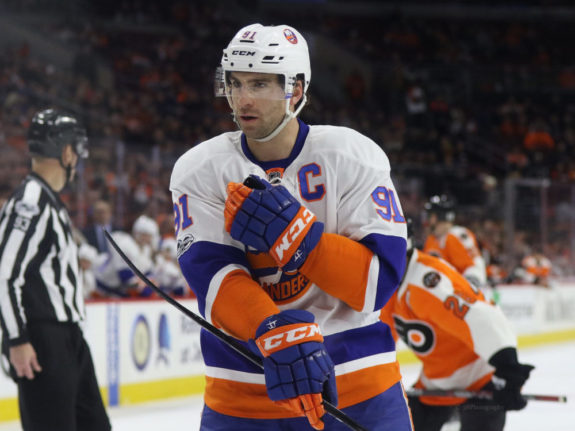
One way to determine the value of a contract is cost-per-point which places a monetary value on the production of a player. Tavares never had a season cost-per-point above $80,000 when adjusting for the number of games played. Anze Kopitar, for example, who was tied for fifth in points in 2017-18, had a cost-per-point above $107,000.
Tavares was undervalued through the entirety of his contract and worth more than $5.5 million for much of the deal. But, because the New York Islanders signed him to a long-term contract rather than a bridge deal, they had a bargain in the twilight years of the deal. With his next deal, Tavares will look to cash-in and receive a salary that is fair relative to his output.
Injuries Slowing Development
Pittsburgh Penguin blueliner Olli Maatta is in the second year of a six-year extension he signed in Feb. 2016. When the deal was announced, his $4,083,333 cap hit was viewed as a bargain because he had a great rookie season in 2013-14 and was thought of as a key member of Pittsburgh’s blue line moving forward.
It appeared as though the Penguins capitalized on Maatta being held to 20 games in 2014-15. He was also only 21 at the time of signing so the contract seemed like a win for the organization. However, injuries cost Maatta time in 2015-16 and 2016-17 due to lingering shoulder problems and a broken hand.
Even when healthy, he hasn’t performed. He had a .13 and .35 P/GP in the past two seasons and was paid $390,000 per point in 2016-17 and $140,000 in 2017-18. He played a full 82 games in 2017-18, so he could still rebound and be worth his contract but there are times when he looks lost on the ice. This includes the 2017 Stanley Cup Final when Nashville’s Pontus Aberg made Maatta look silly.
Players Previously With Bridge Deals
An Example of When a Bridge Deal Worked
Philadelphia Flyers center Sean Couturier played on a two-year bridge deal with an AAV of $1.75 million during the 2014-15 and 2015-16 seasons. He is currently in year two of a six-year deal with a cap hit of $4,333,333. He signed the deal in Jul. 2015 after a 15-goal, 37-point season in 2014-15.
His deal has been a steal for the Flyers as he averaged better than .50 P/GP in both seasons including a 31-goal, 75-point campaign in 2017-18 after he was bumped up to the top line. That leads to a cost-per-point of $102,000 in year one and $57,000 in year two.
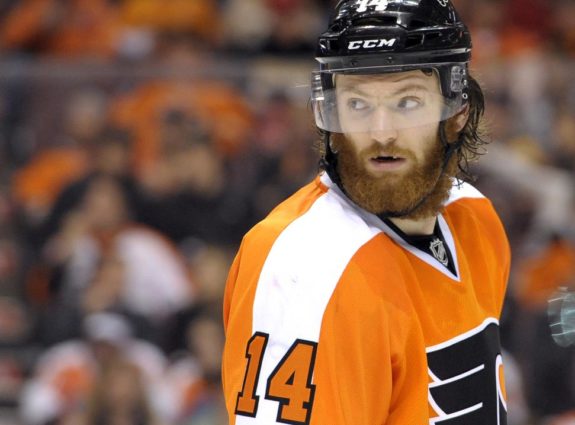
Couturier’s 2017-18 season was so good that only 17 players matched his goal and point output. Of those players, only Eric Staal, William Karlsson, and McDavid have smaller cap hits than Couturier and McDavid was on his ELC.
A Bridge Deal Gone Wrong
But, let me clarify something. Claude Giroux is an incredible player who deserves to be paid like a top-15 player. But, as this article is written from the team’s perspective, his contract makes little sense for the Flyers. Giroux’s bridge deal lasted from 2011-12 through 2013-14 and had a $3.75 million cap hit. He signed his bridge deal in Nov. 2010 after he had 47 points in 2009-10.
From the last year of his ELC in 2010-11 through the final year of his bridge deal, Giroux averaged no less than .93 P/GP and included a 28-goal, 93-point season in 2011-12. He finished in the top-three in scoring in two of the three seasons of the deal and tied for 13th in the remaining year.
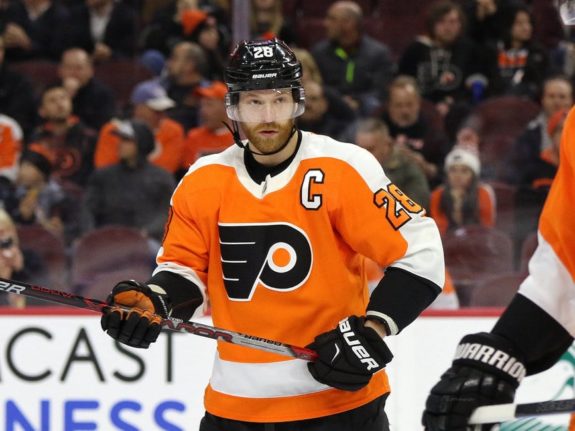
Giroux signed an eight-year deal worth $8.275 million per season in Jul. 2013 after he had 48 points in 48 games during the lockout-shortened 2012-13 season. Since that contract has gone into effect, he has had season totals of 73, 67, 58, and 102 points with scoring rates as low as .71 P/GP and as high as 1.24.
The problem with Giroux’s deal is not that he hasn’t been worth the cap hit. It’s that the Flyers could have signed him to a long-term contract after his ELC expired and likely locked him in at an AAV around $5.5 or $6 million instead of the $8.275 million cap hit he currently has.
Players Currently on Bridge Deals
Outperforming Bridge Deal by a Wide Margin
Tampa Bay Lightning forward Nikita Kucherov is in the second year of a three-year deal with a cap hit of $4,766,667. That deal was signed in Oct. 2016 after a 30-goal, 66-point season in 2015-16. While on his ELC, Kucherov accumulated 68 goals and 149 points between the 2013-14 and 2015-16 seasons and was due for a significant raise.
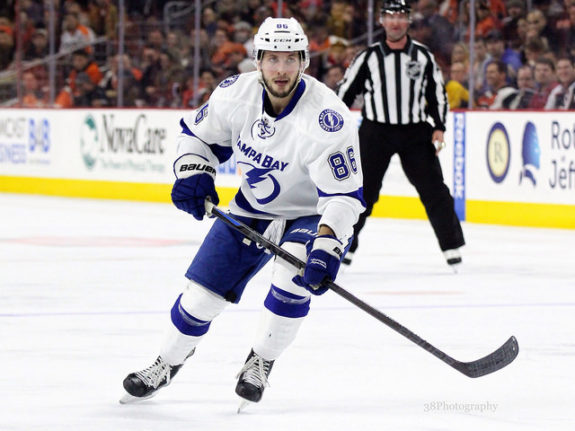
In the two seasons of the bridge deal, Kucherov has posted 79 goals and 185 points, averaging at least 1.15 P/GP in each. Only Alex Ovechkin and Patrik Laine had more goals and only McDavid had more points than Kucherov in the past two seasons. His production levels are equal to $50,000 and $45,000 per point in the two years.
One has to assume that had he and the Lightning been willing to go long-term, they could have signed him to a contract with an AAV similar to Vladimir Tarasenko’s $7.5 million. Now, if Kucherov has a similar season in 2018-19 that he did in 2017-18, he has a legitimate case to become the highest paid player in the league and to match McDavid’s cap hit percentage.
A Bridge Deal that Makes Sense
Penguin winger Conor Sheary signed a three-year, $9 million contract during the 2017 offseason after he had 23 goals and 53 points the prior season. Either the Penguins were unwilling to meet Sheary’s asking price on a long deal or Sheary believed he could show more, but regardless, the $3 million cap hit on a short deal looks smart for the team.

In 2017-18, Sheary regressed to just 18 goals and 37 points and only had two points in 12 postseason games. His regular season production is equal to over $96,000 per point, third-highest on the team. One possible reason for his regression is that he played much less with Sidney Crosby at five-on-five in 2017-18 than he did in 2016-17, leading one to believe that Sheary’s success was the product of elite linemates rather than his own abilities.
During the 2017-18 season, 131 players matched or surpassed Sheary’s 18 goals and 37 points, including nine rookies, indicating how overvalued his contract is. If Sheary rebounds in the deal’s final two seasons, he can play his way into a lucrative long-term deal. However, if he remains at his 2017-18 production levels, the bridge deal will appear smart for Pittsburgh.
A Player Who Could Receive Bridge Deals this Offseason
Shea Theodore Deserving of Long-Term Deal
In his first season as an NHL regular, Vegas Golden Knight defenseman Shea Theodore proved to be reliable and consistent. In 61 games, he had six goals and 29 points, including nine on the power play. He also averaged 20 minutes and 21 seconds of ice time, second-highest among Vegas defensemen, and had a 52.5 percent Corsi at five-on-five.

He also added five points through two rounds of the 2018 NHL Playoffs and is a clear part of the team’s future defense corps. He has shown an ability to succeed in the NHL and giving him a contract similar to the ones the Carolina Hurricanes gave defensemen Jaccob Slavin and Brett Pesce is not out of the question.
The Golden Knights only have three defensemen signed through the 2018-19 season and locking Theodore down provides stability and gives the team an idea of what their future defense will look like.
Let me know in the comments section what your thoughts are on how the league is transitioning. Do you think it’s good for the NHL to move away from bridge deals or do they still serve a purpose?
*All information came from THW’s team salary pages and all stats came from Hockey-Reference or Natural Stat Trick